We all know the story of the dinosaurs extinction. An asteroid hit the earth and caused great environmental impact that wiped out their world.
When we think about our world today and what could possibly cause the end of human life, there’s so many more possibilities beyond an asteroid.
Some scientists predict it could happen in 100 years due to the crumbling political and social climates, while others believe it will be climate related which places the end of days anywhere between 5,100 to 7.8 million years from now.
Redditor TwoTimeToj wanted to know:
“What is the most likely to cause humanity’s extinction?”
This question stirred up quite the debate.
Our own doing.
“Humanity.” ~ LopensLeftArm
“This reminds me of the time last year May 2020. When due to lockdown, a lot of pollution went away, and then everyone on the internet declared: ‘We, humans are the real virus.’” ~ tadxb
“It’s not worth arguing because that alone will bring us to the brink. its us fighting ourselves.” ~ Moglist
“I like to think that when the baby boomer generation currently in charge of companies and politics all die off, we’ll be in a better world because the millennials will take over who have more realistic views and understandings and actually seem to give a sh*t about the future, having had such a hard time for their own futures.”
“But at the same time I know it’s just a dream. ‘Man, I’ve had it so sh*t for so long but now I’m in charge and can screw everyone else over to live a really comfortable, extravagant life I always wanted? Why change the wheel when I can abuse it too and live on a beach driving fast cars?’”
“Aaaaaaand nothing’s changed. Big f*cking surprise.” ~ Dynasty2201
“‘We didn’t start the fire, it was always burning, since the world’s been turning.’ – Billy Joel” ~ Guardanapkins
Some think it’s not that easy.
“I think people really underestimate what it would take to actually completely exterminate our entire species. We already bounced back from a population collapse down to under 10,000 once, we could do so again.”
“Nuclear war, ecological collapse, incurable disease; I highly doubt that any of them could kill everyone. Even if it’s just a few isolated pockets in the outback or the jungle that survive, that’s still not extinction.”
“Honestly, I think it would take a cosmic catastrophe (asteroid/comet impact, gamma ray burst, etc) to completely obliterate us and that assumes that it occurs soon enough that we don’t have viable populations outside of Earth.”
“I’m not for a minute saying that ‘Everything will be fine.’ If we nuke ourselves back to the stone age, or completely alter the planet’s climate such that agriculture becomes impossible, then of course human civilization would probably never recover.”
“The questions is explicitly outright extinction, which I think is big step further.” ~ GalacticNexus
“What’s the event that brought us down to 10,000 if I may ask?” ~ madmenrus1
“I believe it was a supervolcano eruption which initiated a mini ice age, correct me if I’m wrong.” ~ elik2226
A Hitchhikers Guide to the Galaxy.
“A bad-tempered, bureaucratic alien species of space engineers deciding to construct a hyperspace bypass through our solar system.” ~ -o0_0o-
“I mean, the plans have been on display in Alpha Centauri for quite some time.” ~ itsf*ckingpizzatime
“On display in the bottom of a locked filing cabinet stuck in a disused lavatory with a sign on the door saying ‘Beware of the Leopard.’” ~ PeterLemonjellow
Genetic modification.
“I’ve always thought that humans will begin modifying DNA and making cyborg-like modifications to the human body until we reach the point that the concept of human will be so diluted that we will have to call ourselves another way, leading to the extinction of humanity as we know it.” ~ -exekiel-
“You should read the book Homo Deus basically the same idea.” ~ ZeusFarous
“The Omnissiah would be proud.” ~ ctank01
Climate change.
“Climate change, pandemics, etc will probably just make a dent of a smaller or bigger size. For an extinction level event, there’s fewer options:”
- “Asteroid impact.”
- “Global thermonuclear war.”
- “Gamma ray burst.”
“…that kind of thing.” ~ arkaydee
“How about solar flares? What if there comes a solar flare that fries all electronics?”
“Suddenly, we’d have no transportation, no food because it relies on transportation, no running water, no pacemakers, etc.?” ~ 101st_kilometre
“We won’t go extinct, it will just collapse society.” ~ Elbonio
“Back to stone age.”
“Exciting.” ~ Entry-
“It won’t be the stone age. There is a lot of accumulated knowledge that would allow us to be way better off than any time prior to the 1800’s.”
“Just the idea of washing your hands before a medical procedure was revolutionary and not recognized by doctors until after the mid 1800’s.” ~ Alatain
“Can’t wait to get back to the good old days, when you cut your lawn using a giant lobster, and your shower was an elephant that complained a lot!” ~ TheAllyCrime
“If tech suddenly went awry there would still be plenty of people able to live in local farms. It would destroy our civilization but people would survive.”
“The only thing that would truly send humans extinct is the earth becoming entirely uninhabitable for us and the food we eat, like an asteroid boiling our oceans or something like that.” ~ tredli
Probably something so ridiculous.
“Probably the dumbest f*cking thing you can imagine.” ~ jks_david
“Like yogurt or giving cats opposable thumbs in love death and robots.” ~ fox_office
“The yogurt will leave us behind.” ~ uncalledforgiraffe
“At least we will be cultured.” ~ AdAny287
A rogue planet.
“Astronomical phenomenon like a rogue planet, or an asteroid.” ~ Tink2013
“I’m apparently fuzzy on the definition of a rogue planet. I believed they were simply planets that formed outside of or somehow escaped a star system.”
“Simply a planet without a star. How might that bring about humanities extinction? Through a collision?” ~ QiKS
“If one came close enough to disrupt our orbit around the sun and kick us out of the ‘goldilocks’ zone, we could die by heat or cold.” ~ spauldhaliwal
Ancient bacteria.
“Polar ice cap melts, releases bacteria from 5 million years ago and it’s p*ssed.” ~ tuscabam
“There’s a really good book about this. The trick is that it kills the livestock as well, transmitted by insects.” ~ KarmaEeleon
One just to lighten the mood.
“A.I. And by ‘A.I.’ I mean Auto Insurance.” ~ 6_String_Slinger
“Flo takes her job seriously. If you’re not on the plan, plan to die.” ~ yankstraveler
Whether it’s climate change or nuclear war, the end of humanity may come one day.
Hopefully, none of us will be around to see it.
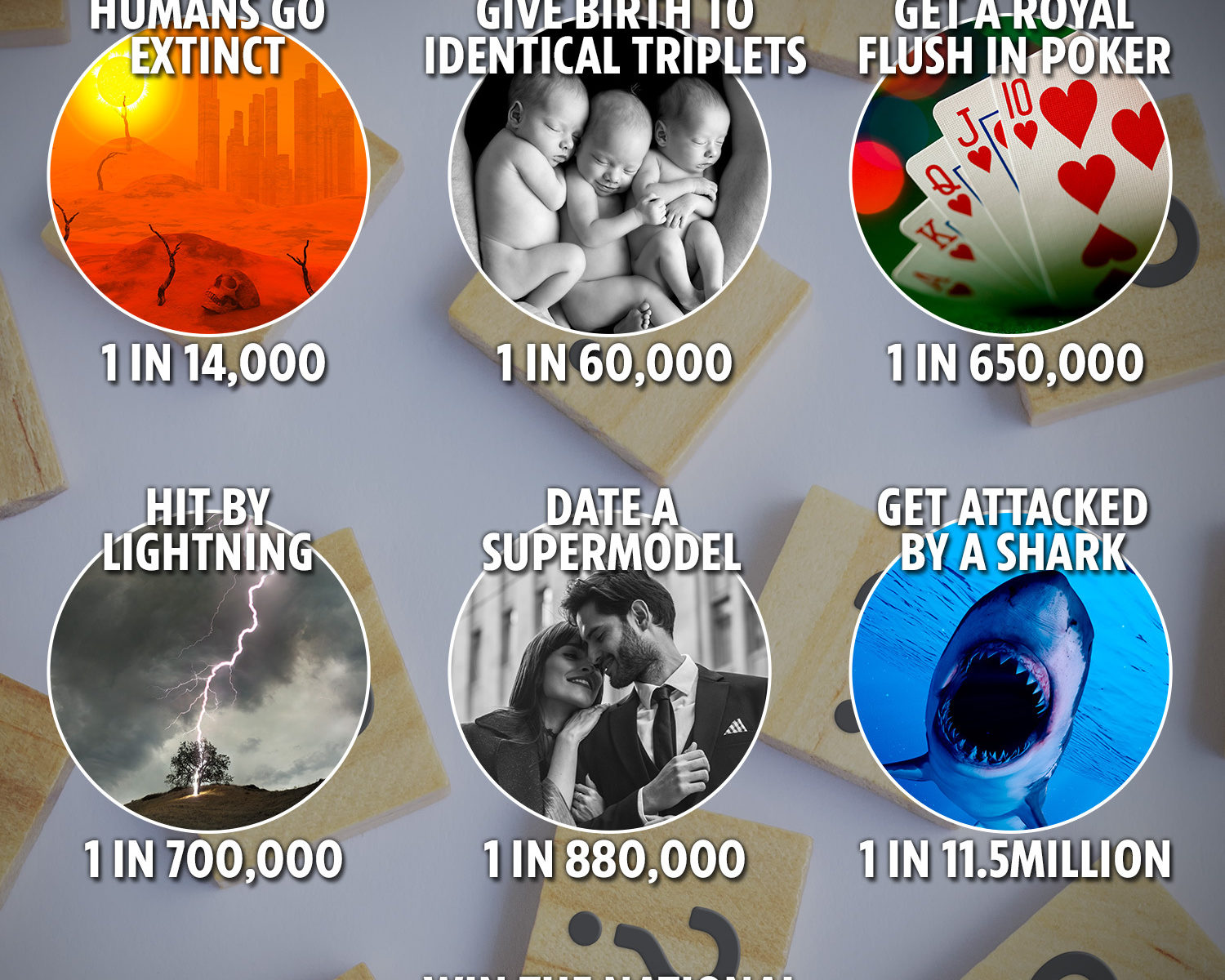

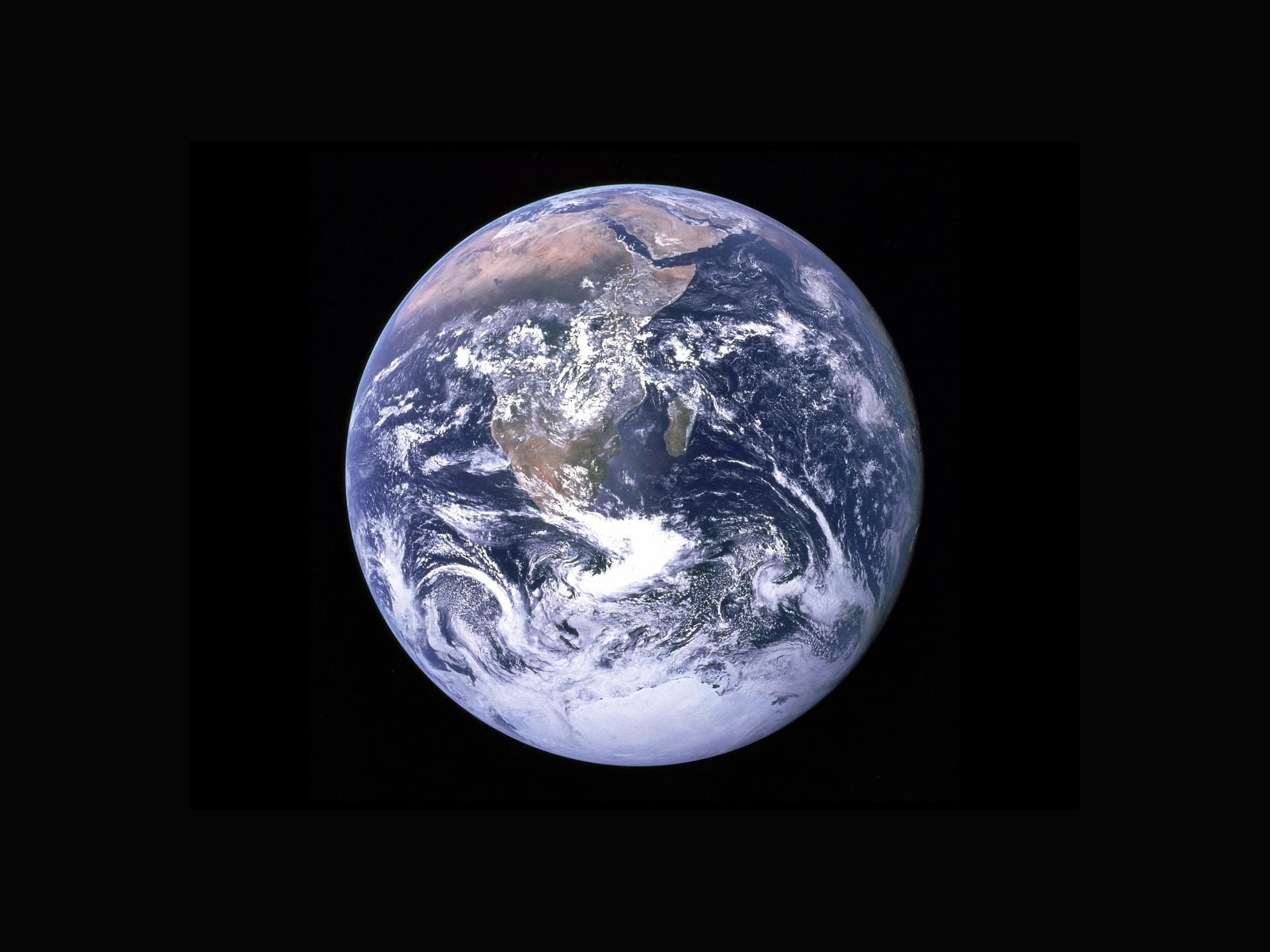
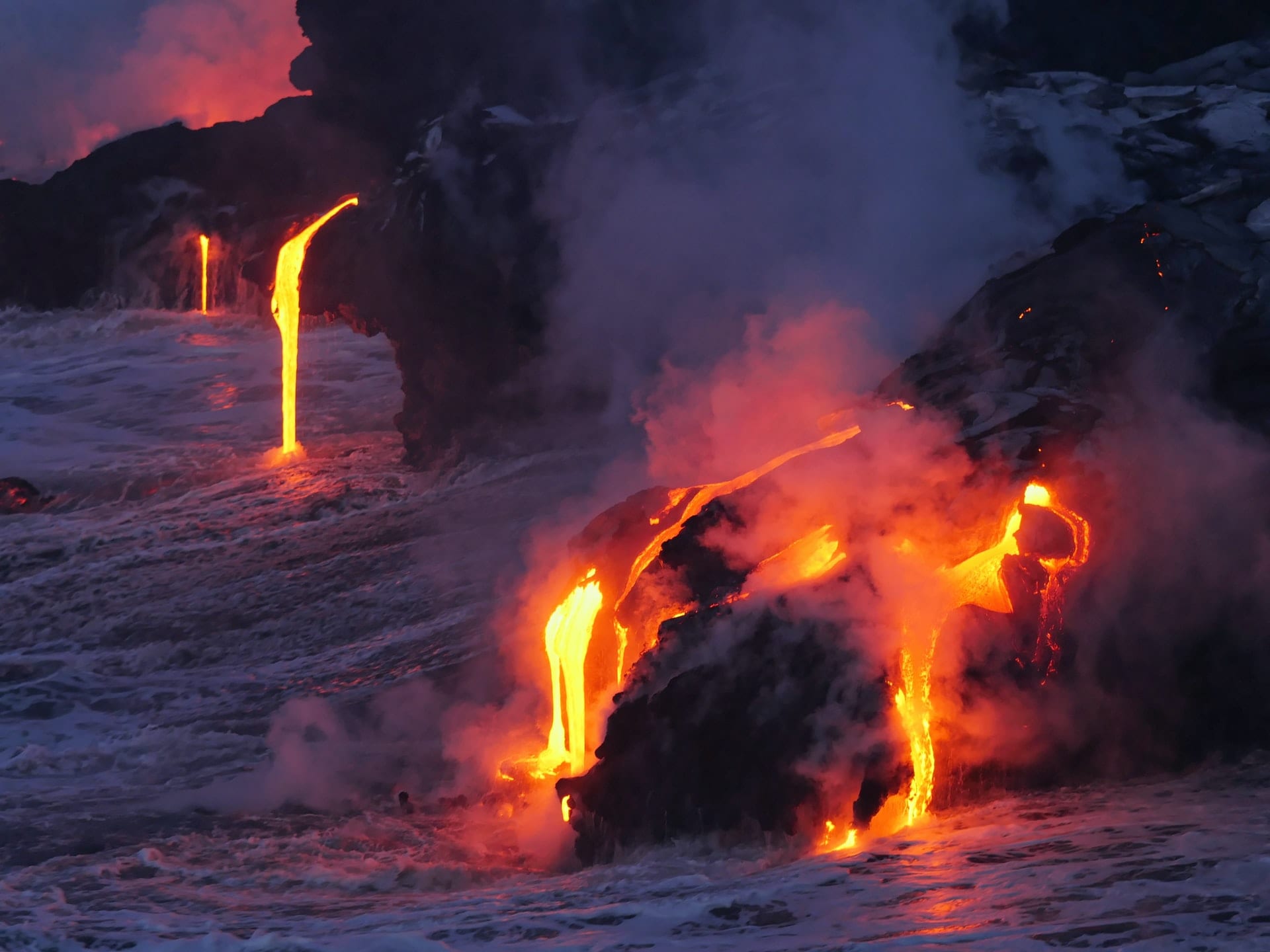

 (@colorful_manatee)
(@colorful_manatee)
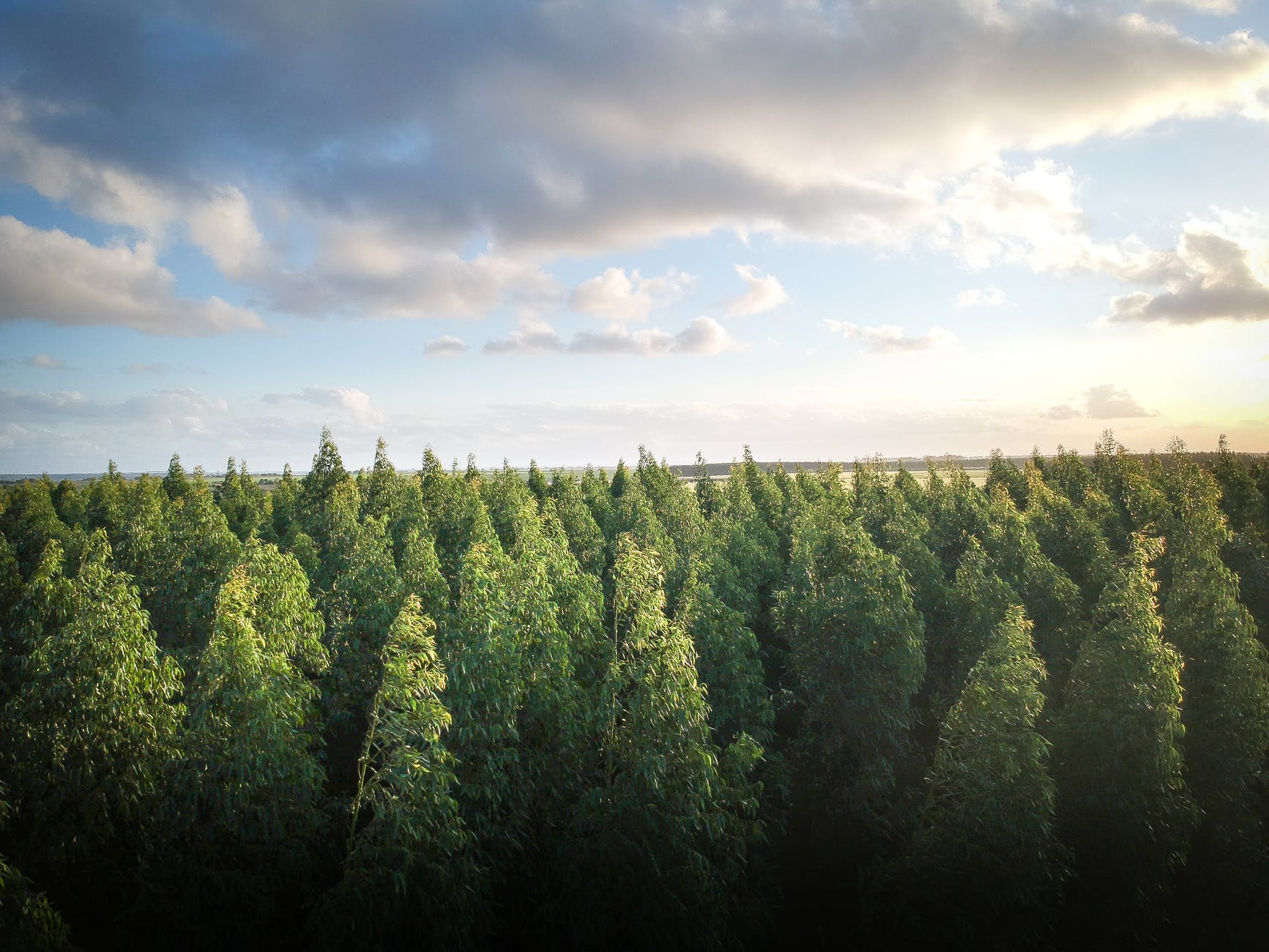
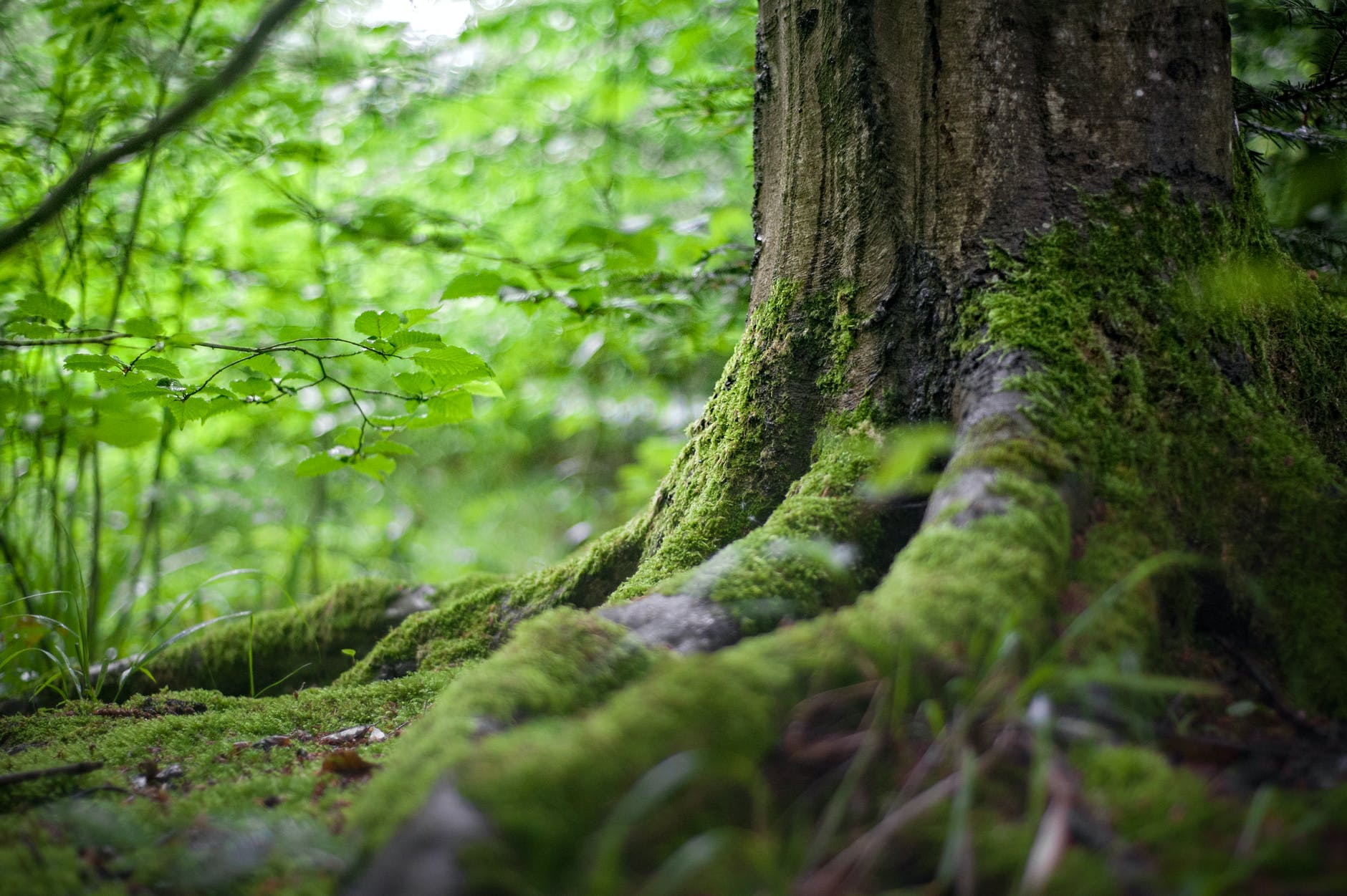



 Would we still buy into all this nonsense if we fully realized that we are destroying ourselves, all living beings and our planet? What if we only have few years to live? Would we contemplate life and death? Seek reconciliations between peoples with different religions, nations, genders, classes, generations?
Would we still buy into all this nonsense if we fully realized that we are destroying ourselves, all living beings and our planet? What if we only have few years to live? Would we contemplate life and death? Seek reconciliations between peoples with different religions, nations, genders, classes, generations?  Let's make universal love our compass.
Let's make universal love our compass.  #universalconsciousness
#universalconsciousness



